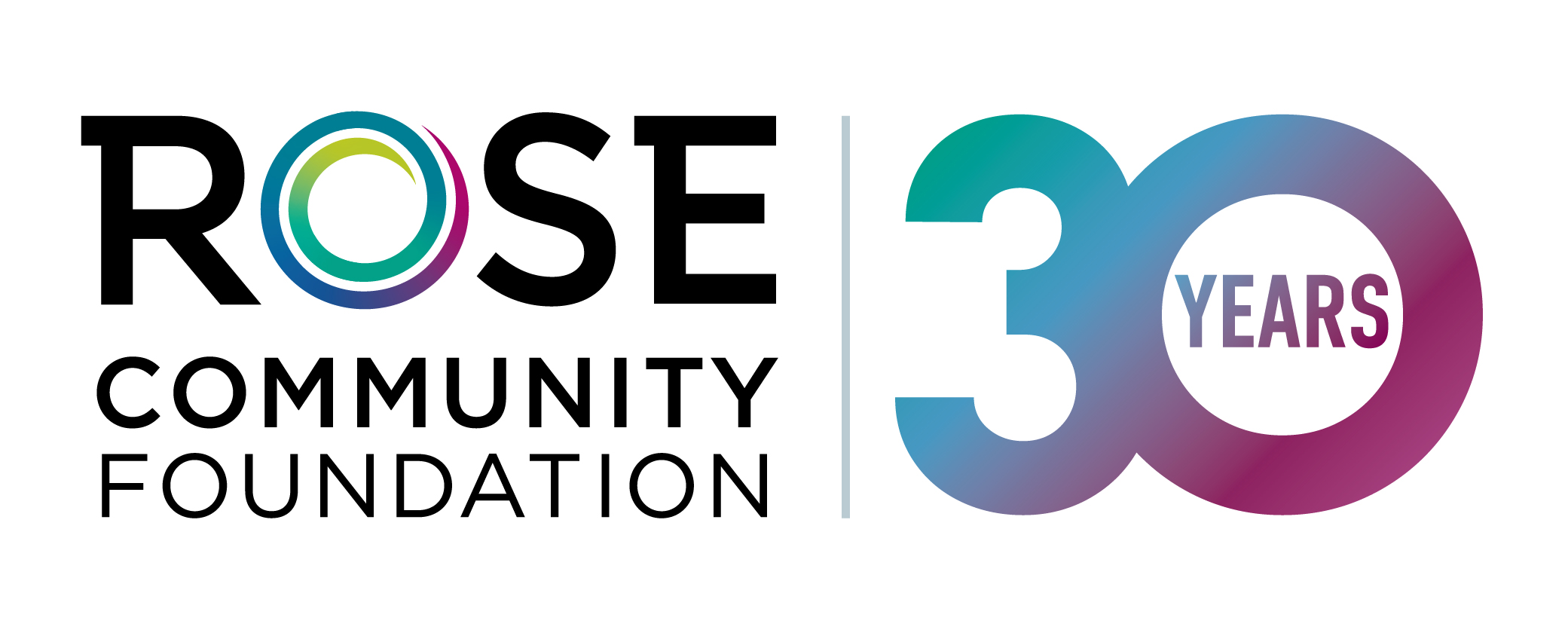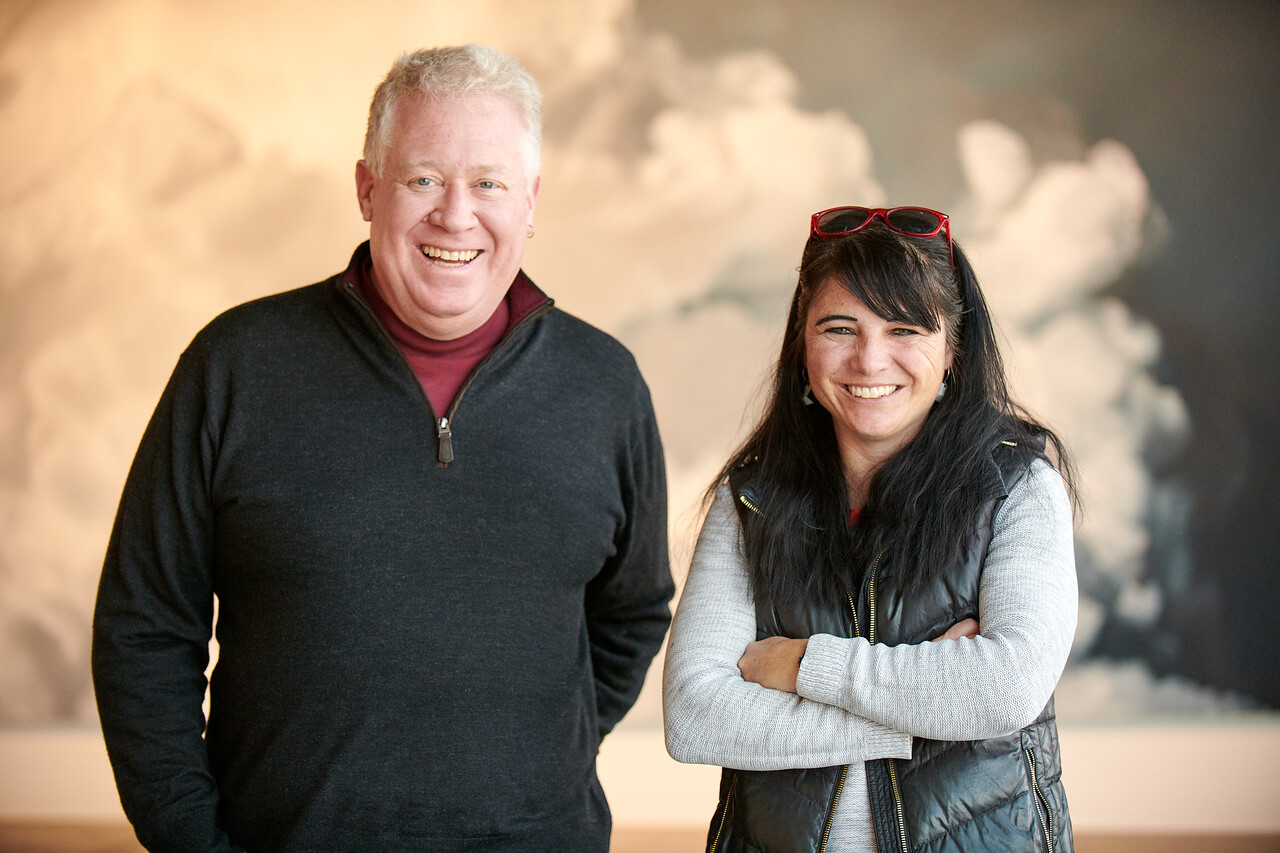For Fred Glick, supporting the arts ecosystem in Greater Denver has always been a natural fit. With a background in theater design and production, Fred has carved out his own philanthropic niche in the arts including a robust, collaborative relationship with RedLine Contemporary Art Center.
Founded in 2008, RedLine is a Denver nonprofit dedicated to supporting emerging artists and providing equitable access to the arts for under-resourced populations and grassroots organizations. Redline works to create positive social change by fostering education and engagement between artists and local communities. RedLine was a member of Rose Community Foundation’s first Nonprofit Endowment Cohort and houses their endowment fund at the Foundation.
Fred was introduced to RedLine through his friendship with the organization’s Executive Director, Louise Martorano. At Louise’s request, Fred joined the RedLine board at a time when the organization was soaring in their community initiatives but struggling with a mission-hindering combination of inadequate infrastructure and a lack of flexible funding for improvements. RedLine’s building and gallery spaces needed lighting upgrades, which would ultimately save the organization money in utility costs. However, they lacked the necessary dollars or expertise to complete the project.
“How an art collection is lit is very important,” says Louise. “We were having challenges lighting the work in our galleries, and we were spending a significant amount of money replacing lightbulbs. We realized how much staff time was dedicated to fixing the lights and how challenging it was to light our art shows.”
With ample experience in property development, real estate and theater design, Fred made for an ideal partner. Structured as a zero-interest loan to RedLine, Fred and his wife Donna made a grant from their donor-advised fund (DAF) at Rose Community Foundation to cover the costs of the lighting improvements up front.
“Many people think that if a nonprofit has a building to operate from, all their problems are solved,” says Fred. “RedLine was gifted a building when they were founded, but over time, that building started to wear out. For the first ten years of a nonprofit’s existence, the focus needs to be on achieving their mission and establishing themselves in the community, and a building improvement fund isn’t anyone’s top priority.”
As an experienced philanthropist, Fred understood that this need would be a hard ask for many donors who prefer to invest in programming. The lighting loan from Fred and Donna allowed RedLine to move forward with the building upgrades without having to deplete their additional fundraising. And with the money saved in utility costs, RedLine was able to pay off the loan over several years.
“Fred was integral in helping us see that the improvements were needed,” says Louise. “However, the lighting loan represents just a small part of the overall support we have received from Fred.”
During the COVID-19 pandemic when many arts organizations were forced to suspend operations, Fred used his DAF to help RedLine stay open, support artists through the pandemic and bring art to the community.
“One of the things that is valuable to me about having a DAF is that if my income rises or falls from year to year, I can make a large contribution to my fund one year that allows me to make consistent gifts for years to come,” says Fred. “During the pandemic, I was able to give an additional donation to RedLine, which wouldn’t have been possible without my fund.”
For donors looking to get more involved with local nonprofits, Fred warns against the tendency to be overly risk-averse. “Investing in nonprofit work is often a long-term game and there needs to be a level of trust,” says Fred. “If you want to invest in something interesting and local, that means innovation.”
Louise echoes the importance of trust and innovation, adding, “I think we all need to think beyond the existing models and not let fear stifle our creativity. Being a nonprofit is a lot like being an artist – it involves trial and error and a fair amount of risk. If you don’t see an existing model that works, be the model.”

